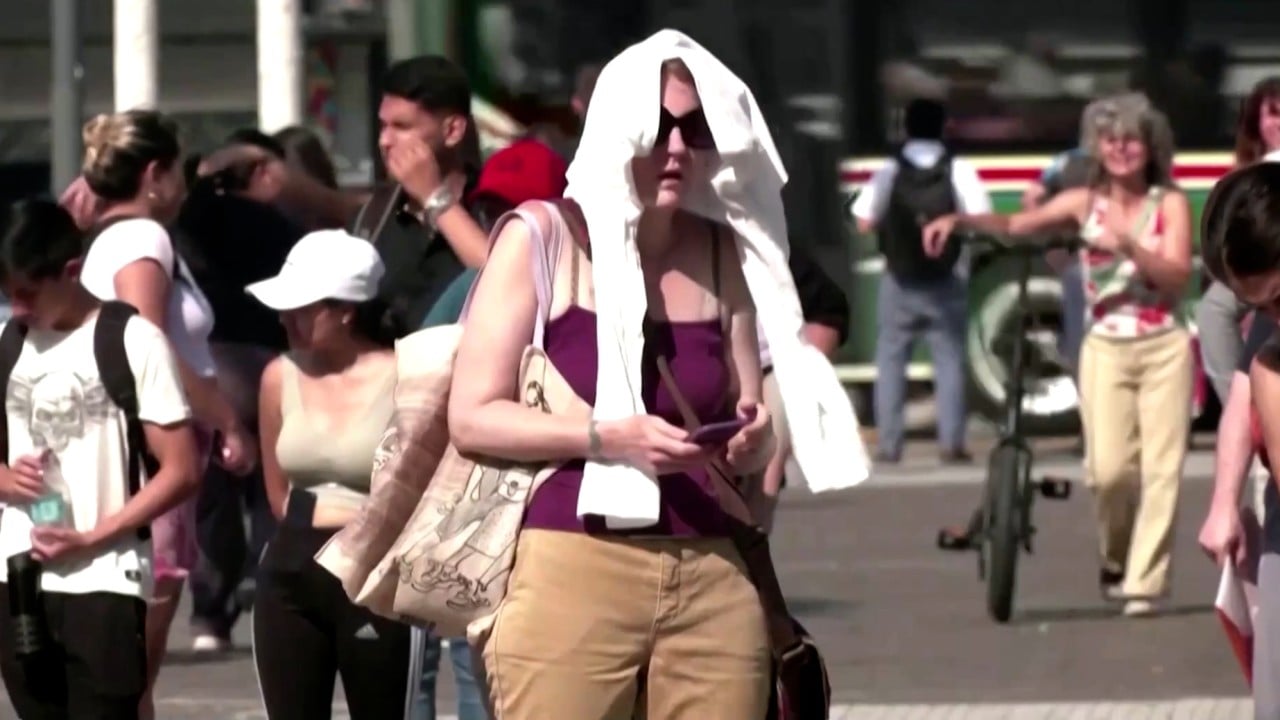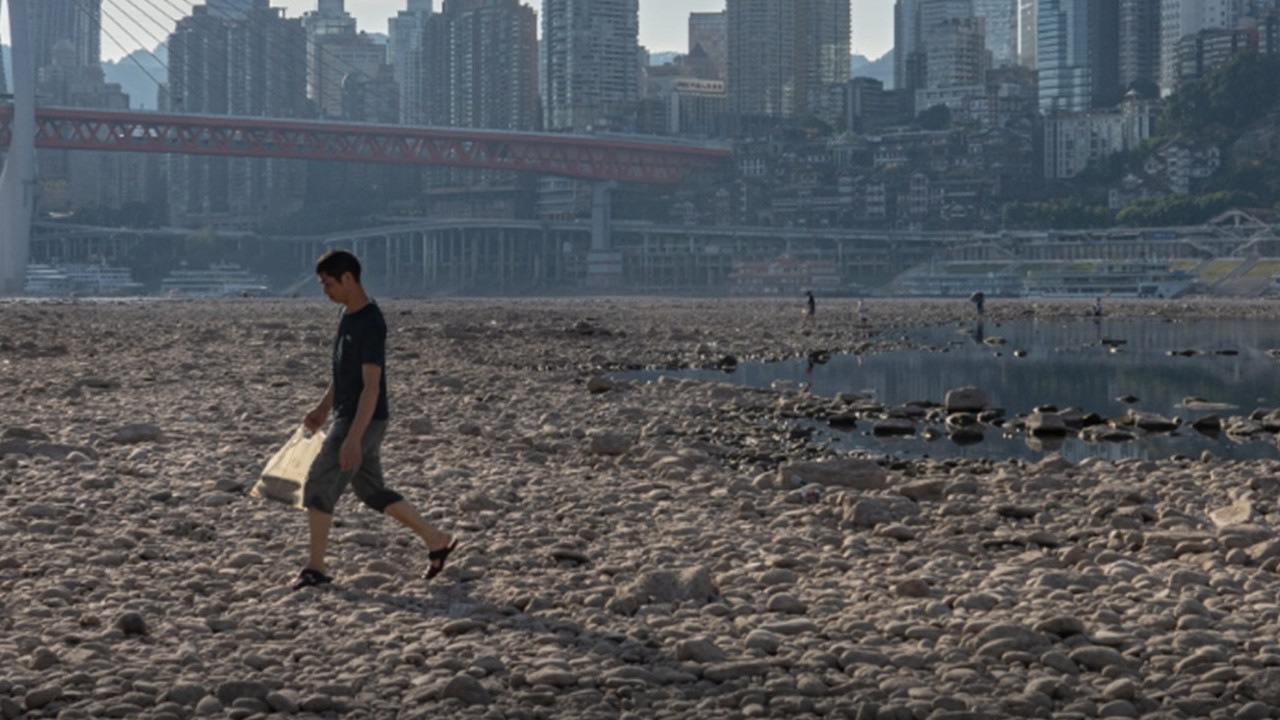
In this ‘era of global boiling’, heat has become a health issue for the world
- As extreme temperatures grow more frequent, affecting food supplies, threatening health and taking lives, systems-wide approaches are needed to mitigate the harm
- Governments, businesses, universities and communities must work with leaders in public health to address this growing emergency

Fortunately, the air conditioning kept going in Phoenix. If it hadn’t, heatwaves can be, as Jeff Goodell warns in his new book The Heat Will Kill You First, predatory events that tend to kill the most vulnerable. It is estimated that over five million people could die each year globally as a result of excessive heat or cold.
Many expect El Niño to further push up commodity prices and inflation. Heat stress can make it impossible for outdoor work, affect the growth and productivity of agriculture and farm animals, impact water and food security, and hinder transport and factory operations.
Guterres argues that “leaders must lead”. In Hong Kong, for instance, policymakers, urban planners, academics and NGOs are collaborating on public education, the training of health professionals and emergency preparations.
Solutions can include spending on water supplies and irrigation systems, drought-resistant seeds, producing more food indoors and moving livestock into cooled sheds.
Local politicians can enforce cooling plans and appoint chief heat officers to be responsible for unifying city governments’ responses to extreme heat, accelerating heat protection efforts and initiating work to reduce the risks and impact of extreme heat. Excessive heat clearly affects the most marginalised. For the sake of society and their own sustainability, businesses must cut their carbon emissions.
On a positive note, The Lancet noted last year that employment in China’s renewable sector continued to grow, accounting for 40 per cent of the global share. However, China still needs to accelerate its shift towards a carbon-neutral economy, encourage a greater inclusion of clinically vulnerable people in its health and climate change policies, and improve collaboration between institutions.
Systems-wide approaches are needed to mitigate the climate harm to health globally – and to reduce the negative effect of the environment on the health sector. The impact of climate change on health requires governments, businesses, universities and communities to share information transparently with leaders in public health to address this growing emergency.
Whether in climate change, environmental, social and corporate governance (ESG) and other investments and interventions, the negative impact on health must be reduced, and we should also adapt our behaviour in light of this climate and public health crisis.
It is going to take a coordinated, long-term effort to find a way out of the environmental problems mankind has created – we must all work together to find solutions.
Professor Julie Davies is director of the MBA Health Programme at the Global Business School for Health, University College London




